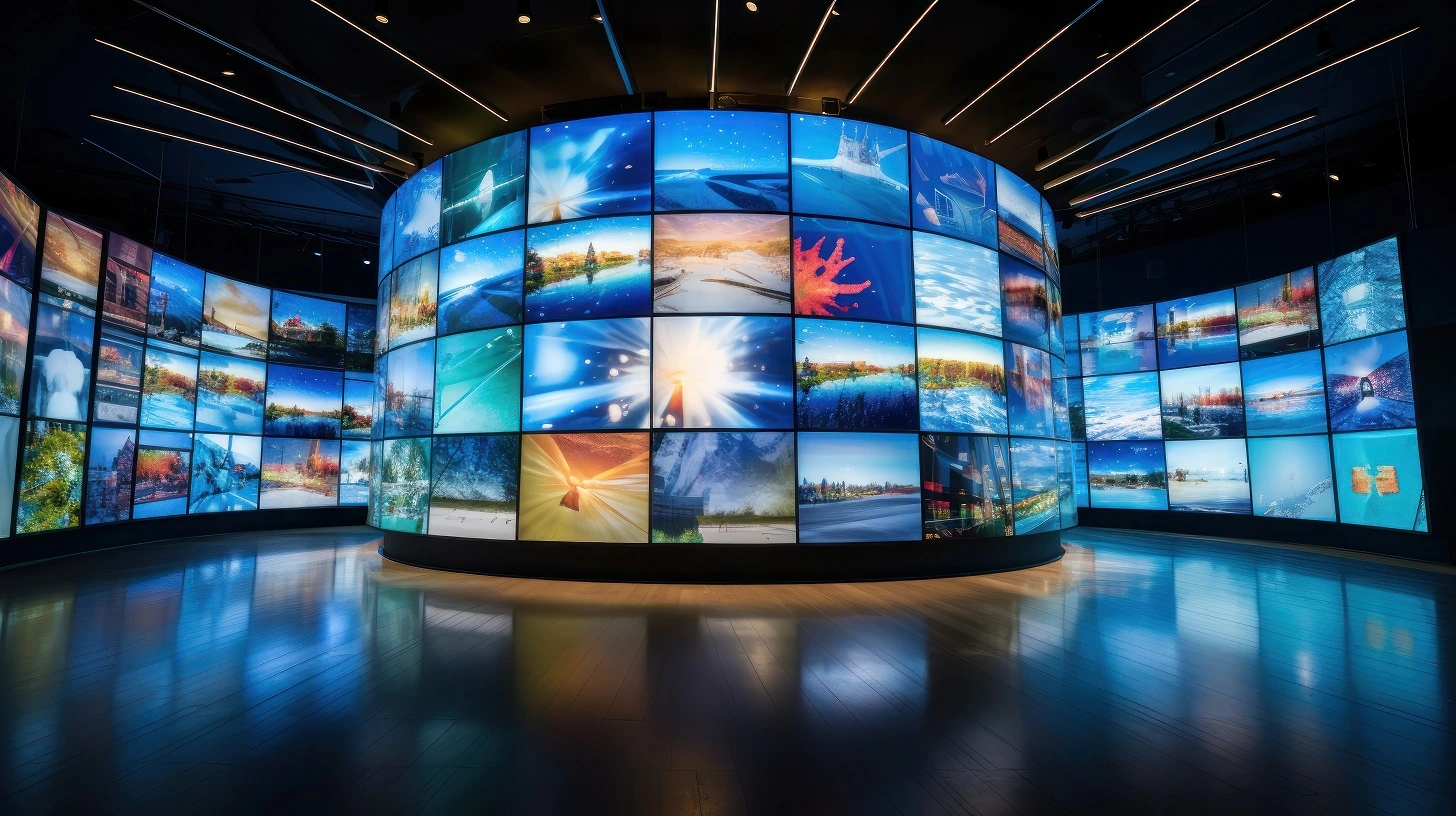Investigating The Way Resolution Affects the Functionality and Aesthetic Quality of Light Emitting Diode Walls in Contemporary Display Techniques
Investigating The Way Resolution Affects the Functionality and Aesthetic Quality of Light Emitting Diode Walls in Contemporary Display Techniques
Blog Article
LED screens are growing increasingly common in different settings, from concerts and athletic events to business displays and art installations. One of the key important factors that affect the performance and visual clarity of these displays is resolution. Image resolution denotes the number of picture elements that make up the image on the screen. Increased image clarity means more picture elements, which can lead to clearer and clear images. Grasping how image clarity affects LED screens can assist users make informed choices about their screen requirements.
When discussing resolution, it is crucial to take into account picture spacing, which is the gap between the center of one pixel to the midpoint of the following pixel. A smaller picture spacing yields a greater image clarity, allowing for additional detail in the images displayed. For example, an LED wall with a picture spacing of 1.5mm will provide a clearer image than one with a pixel spacing of 3mm. This is especially crucial in settings where viewers are close to the screen, such as in a small location or a exhibition show booth. In these situations, a higher resolution can significantly enhance the viewing experience.
Another factor of resolution is its effect on hue precision and luminosity. LED screens with greater resolutions often have better color reproduction, indicating that the hues shown are increasingly vibrant and true to life. This is crucial for applications like marketing, where the objective is to capture attention and convey a message efficiently. Additionally, greater image clarity screens can preserve luminosity levels even when viewed from different angles. This is crucial in big venues where viewers may be positioned at various distances and angles from the display.
The performance of LED screens is also affected by image clarity in terms of update frequencies and reaction durations. A greater resolution display can handle quicker update frequencies, which is crucial for fast-moving material such as videos and animations. This means that the images on the screen will appear smoother and more fluid, improving the overall viewing experience. In contrast, lower resolution screens may struggle with fast-moving content, leading to fuzziness or delay. Therefore, for occasions that rely on high-energy visuals, choosing a display with a suitable resolution is vital.
In conclusion, resolution plays a vital role in defining the functionality and visual quality of LED walls. Factors such as pixel pitch, color accuracy, brightness, refresh frequencies, and response times all contribute to how effectively a screen can communicate data and capture audiences. As advancements continues to advance, understanding these elements will help users select the right LED right here wall for their specific needs, ensuring that they obtain the best possible results in their presentations and occasions.